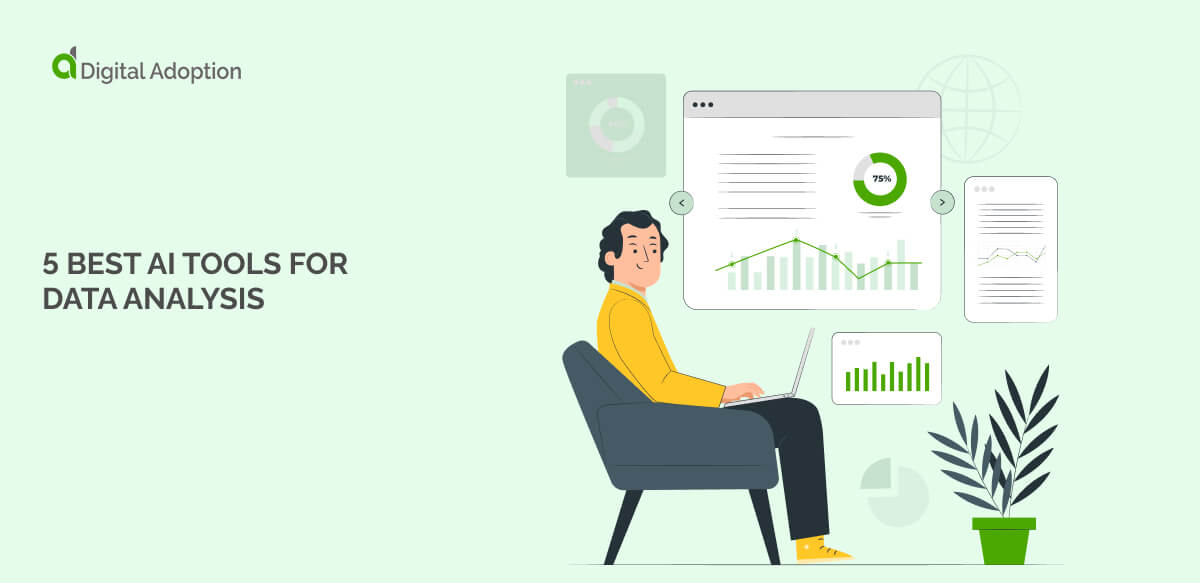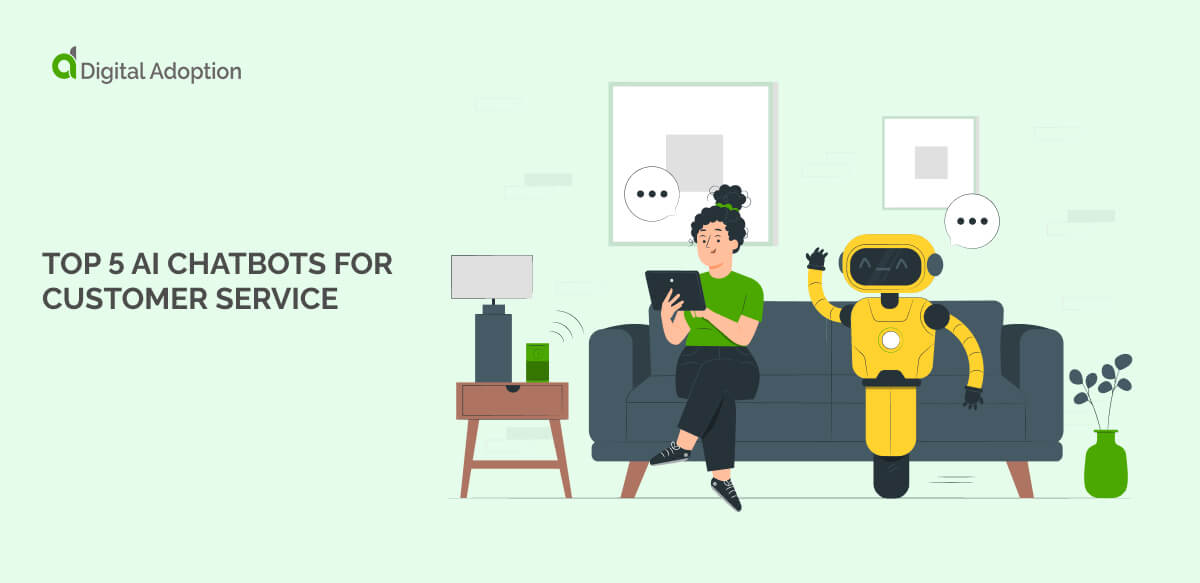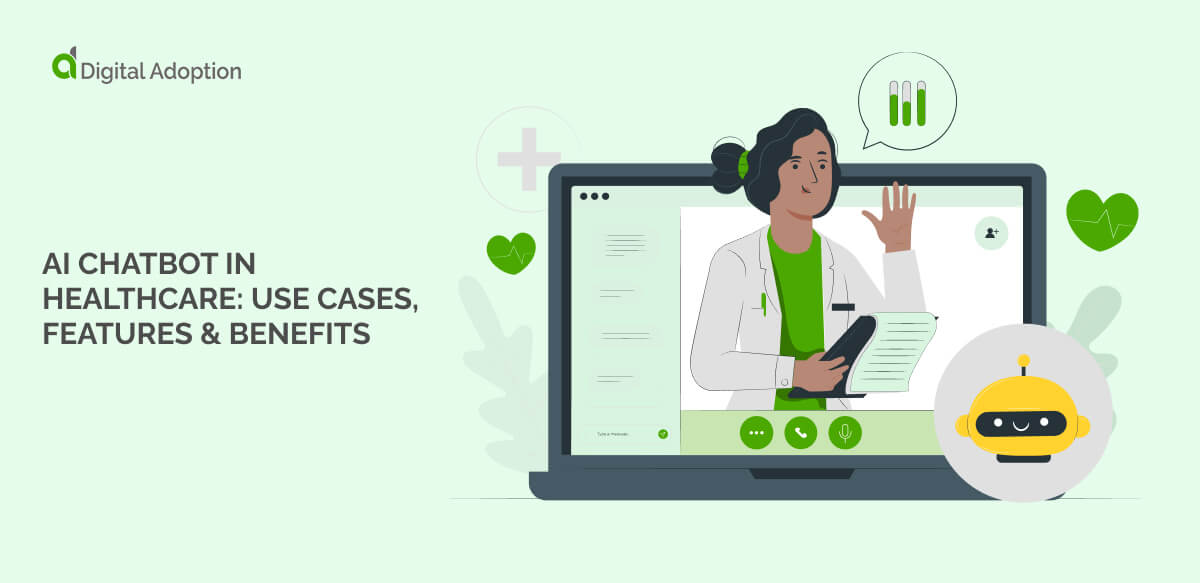CIOs and IT teams should be preparing for the next normal by investing in digital transformation, adoption, and training.
These digital initiatives will help ensure that employers and their workforce can meet the challenges as well as the opportunities of the post-COVID era – or, as it is also known, “the next normal.”
That post-viral era that will be more digital, more virtual, and more advanced than the one leading up to 2020.
Below, we’ll learn several important trends that will reshape the digital economy, both now and in the next normal.
Preparing for the Next Normal: 4 Key Trends CIOs Should Understand
In just the first few months of 2020, the COVID-19 pandemic had a massive impact on the global economy. Governments imposed lockdowns, employees started working remotely, and more.
Despite the major financial downturn, however, the digital economy itself continues to evolve.
Here are a few trends that CIOs and IT departments should pay attention to:
1. COVID-19 is fast-tracking digital growth
Despite the fact that IT spending decreased as a result of the pandemic, digital transformation retained investments and interest.
A number of reports have even suggested that the pandemic has moved digital transformation initiatives forwards.
Accenture, for instance, chose to compact several years’ worth of digital transformation efforts into just a few months.
Other research firms have also pointed out that the coronavirus is fast-tracking digital transformation. In order to keep up, therefore, companies should also accelerate their own digital efforts.
2. Both the B2B and B2C markets are becoming more virtual
One area that the pandemic has accelerated is the virtual world.
Shopping, communication, work, gaming, and other interactions can all take place virtually. And although the adoption of virtual technologies has been slow, there are signs that it will pick up speed.
The B2B buying journey has already moved online to a great extent, propelling many businesses to change the way they market and communicate to customers.
Online shopping has also become a mainstay for consumers, especially during the pandemic, which has kept many people indoors.
The move towards virtual will likely continue even after the pandemic, however, for a few reasons:
- Virtual technologies offer new forms of customer value and new types of customer experiences
- There are countless applications of virtual technology, both in the B2B and B2C worlds
- Health and safety concerns may spawn a culture of people who are prefer to stay at home
To prepare for an economy that is more virtual, CIOs will need to collaborate with other areas of their business to innovate and find new ways of delivering services and experiences.
3. IoT will bring the internet closer to the real world
The Internet of Things (IoT) refers to the idea that a great many physical objects, such as household appliances, will inevitably become extensions of the internet itself.
IoT will open up entirely new frontiers in countless industries:
- Remote sensors will allow doctors to monitor, diagnose, and treat patients from a distance
- Commensurate advancements in robotics will allow specialists, such as surgeons, to perform technical manual tasks from a remote location
- Sensors in the supply chain will vastly improve insights and decision-making
- Consumers with “smart” households and appliances can improve and automate many daily activities, from home security to ordering groceries
Naturally, every industry will be affected differently by the intermingling of offline devices and the online world.
However, just as recent digital technologies have transformed the modern economy, we can expect IoT digital transformation to disrupt and revolutionize many industries. And, as we have seen in the past few years and decades, companies that survive and thrive will be those that innovate and adopt early.
4. In the next normal, change will be the only constant
Digital disruption should be a familiar term to most business professionals – this refers to the concept that new technological innovations can disrupt, commoditize, and alter existing industries.
Amazon, for instance, disrupted a number of industries and has caused an unknown number of businesses to fail.
Borders and Blockbuster, for example, failed to see the potential in ecommerce. As a result, they were overtaken by Amazon and Netflix respectively, who went on to become dominant forces in the online economy.
Earlier, we looked at a few potential use cases of IoT, which is poised to revolutionize many areas of the economy.
Yet IoT is only one among many technologies that are set to emerge in the post-COVID era.
Others include:
- Artificial intelligence
- Robotics
- Virtual and augmented reality
- 3D printing
- Genetic engineering
The emergence of such technologies will result in many more disruptions, driving change across society, the economy, and our daily lives.
It will be difficult to predict how many of these changes will unfold, which is why it is so important to prepare for the next normal now – and continue to adapt as the economy evolves and changes.







![4 Best AI Chatbots for eCommerce [2025]](https://www.digital-adoption.com/wp-content/uploads/2025/03/4-Best-AI-Chatbots-for-eCommerce-2025-img-300x146.jpg)





